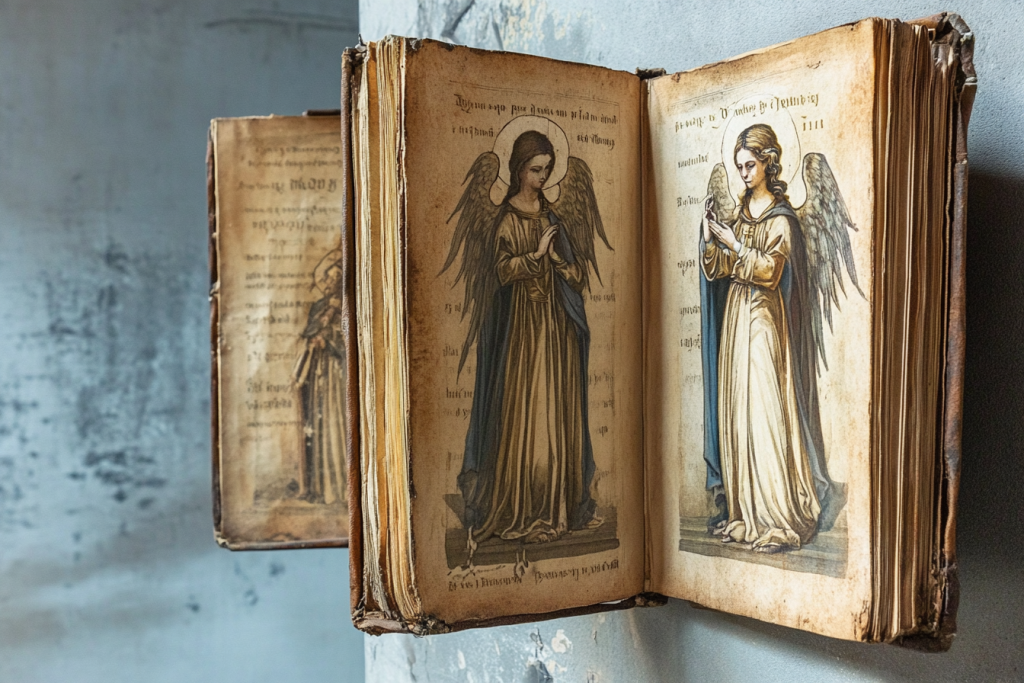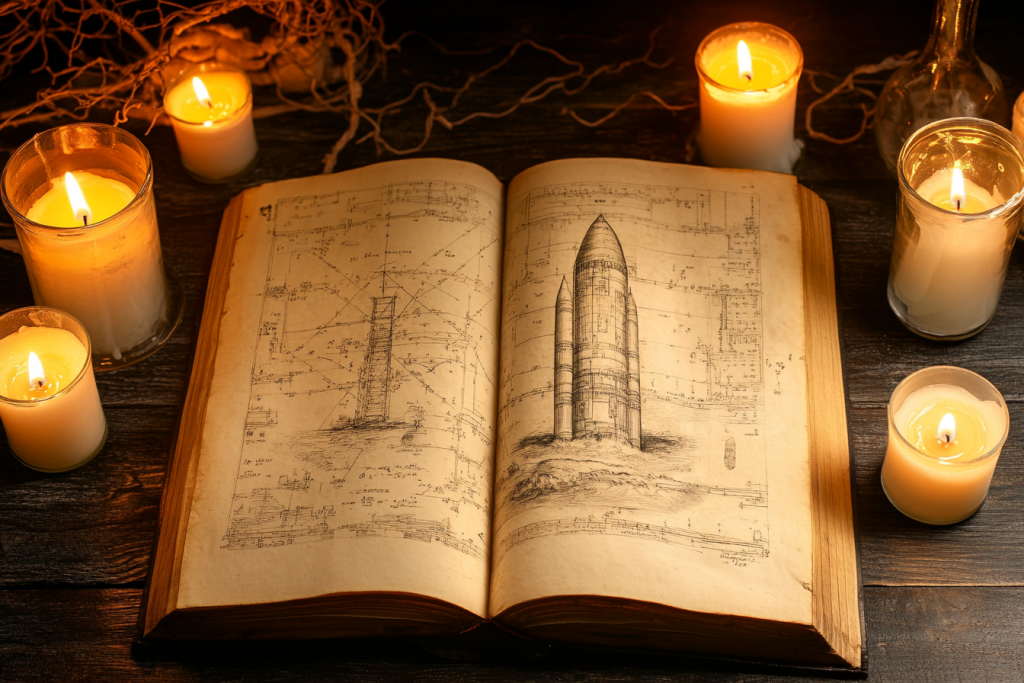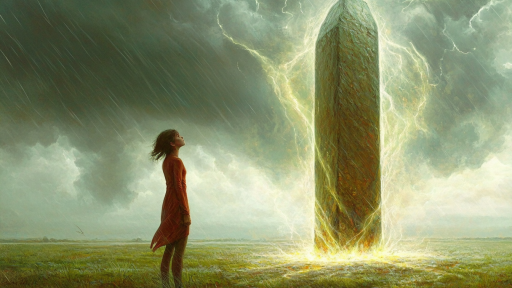
Throughout history, mysterious manuscripts have surfaced—written in unknown scripts, filled with strange symbols, and defying every attempt at translation. Some are thought to be hoaxes, others the remnants of lost civilizations, and a few may even contain knowledge not meant for modern minds. These cryptic texts have baffled linguists, historians, and codebreakers alike, refusing to yield their secrets. What hidden truths—or unimaginable fabrications—might be locked within their indecipherable pages?
The Voynich Manuscript

Arguably the most famous cryptic text, the Voynich Manuscript is filled with bizarre botanical drawings, strange symbols, and an unknown script no one has ever deciphered. Carbon dating places it in the early 15th century, yet its language and illustrations remain unlike anything else on Earth. Despite decades of study, including by top cryptographers, the manuscript continues to resist interpretation. Is it a lost language—or an elaborate hoax centuries ahead of its time?
The Rohonc Codex

Discovered in Hungary, the Rohonc Codex contains over 400 pages written in an unknown script that reads right to left. The illustrations depict religious scenes, battles, and architecture, but offer no consistent cultural context. Every attempt to crack its language has failed, and even the script itself appears to defy logic. Some believe it’s a medieval satire, while others argue it’s a relic from a forgotten civilization.
The Codex Seraphinianus

Created in the 20th century by Italian artist Luigi Serafini, the Codex Seraphinianus is a surreal encyclopedia of an alien world. Written in an invented script that mimics natural language but defies all grammar, it’s filled with bizarre imagery—like melting people, impossible machines, and hybrid animals. Serafini has admitted the script is meaningless, but many still seek deeper meaning in its pages. The question remains: is it nonsense or genius?
The Phaistos Disc

Unearthed in Crete in 1908, the Phaistos Disc is a fired clay object inscribed with 241 mysterious symbols arranged in a spiral. No other artifact has been found with the same writing, and scholars remain divided over whether it’s a lost script, a religious artifact, or a forgery. Its symbols include human figures, tools, and animals, none of which match known languages. Its circular design only adds to the enigma.
The Book of Soyga

Mentioned in the journals of Elizabethan occultist John Dee, the Book of Soyga was thought lost until rediscovered in two libraries in the 1990s. It contains astrological charts, angelic invocations, and over 40,000 letter-coded tables that no one has managed to decode. Dee himself was baffled by the text and claimed only angels could interpret it. The source of the code—and its purpose—remains unknown.
The Beale Ciphers

A set of three encoded messages supposedly reveal the location of a buried treasure in Virginia—worth millions. Only one of the three texts has been deciphered, and it merely describes the contents of the hoard. The others remain a complete mystery, leading many to believe the entire tale is an elaborate ruse. Yet treasure hunters still search for the key that might unlock the code and the gold.
The Rongo-Rongo Tablets

Discovered on Easter Island, the Rongo-Rongo tablets contain glyphs unlike any other known script, carved into wooden planks. No living person remembers how to read them, and attempts to link them to Polynesian languages have failed. Some believe they were used for sacred chants or rituals, but their true purpose remains speculative. The knowledge they held may have vanished with the collapse of the island’s culture.
The Devil’s Bible (Codex Gigas)

This massive 13th-century manuscript is famous for its haunting full-page illustration of the devil. Weighing over 160 pounds, the Codex Gigas includes religious texts, spells, and exorcisms—all written by a single anonymous monk. While not unreadable, the purpose of the manuscript’s eerie compilation has puzzled scholars for centuries. Legend has it the monk made a pact with the devil to complete it overnight.
The Oera Linda Book

Allegedly a Frisian chronicle dating back thousands of years, the Oera Linda Book describes ancient civilizations, floods, and matriarchal societies. Written in an archaic script resembling Old Frisian, it first appeared in the 19th century, prompting debates over whether it’s a historical treasure or an elaborate hoax. Linguists remain split, unable to determine its authenticity. Its radical claims make it one of the most controversial manuscripts in history.
The Taman Shud Case (Tamam Shud)

Not a traditional manuscript, but a scrap of paper found in a dead man’s pocket in 1948, the words “Tamam Shud” led to a cryptic book filled with an undeciphered code. Linked to a rare edition of The Rubaiyat of Omar Khayyam, the mysterious notes have confounded cryptographers and sparked countless conspiracy theories. No one knows who the man was—or what message the code was meant to convey. It’s a modern manuscript mystery with ancient echoes.
The Voynich Replica in Peru

A replica of the Voynich Manuscript discovered in Peru shocked historians, suggesting the manuscript may not be as isolated as once believed. Though the script is similar, it includes additional symbols and illustrations not found in the original. Some theorize it’s evidence of a larger corpus of unknown texts, possibly linked by a lost transatlantic culture. The origin and purpose of the copy remain a mystery unto themselves.
The Zeno Narrative

Purportedly a 16th-century account of Venetian explorers reaching North America a century before Columbus, the Zeno Narrative includes strange maps and coded passages. While the story has been dismissed by many historians as fantasy, the manuscript’s cryptic style and puzzling details have kept it in the spotlight. Some suggest it hides genuine exploration records beneath a veil of disinformation. Could it be a suppressed chapter of history?
The Dresden Codex

One of the few surviving pre-Columbian Maya books, the Dresden Codex is written in hieroglyphs that remain only partially understood. It contains astronomical calculations, ritual guides, and prophecy-like passages. Despite scholarly advances in deciphering Mayan writing, many sections remain impenetrable. What sacred knowledge lies in the undecoded symbols?
The Sibiu Manuscript

Discovered in Romania, the Sibiu Manuscript contains detailed drawings of rocket propulsion systems—written in the 1500s. The language and concepts are centuries ahead of their time, including diagrams that resemble modern spacecraft. No one knows how the author could have acquired such knowledge, or if it was meant to be symbolic. The technical nature of the manuscript has left historians scratching their heads.
The Glyphs of Kaimanawa

In the remote wilderness of New Zealand’s Kaimanawa Forest, a set of stone blocks bears mysterious glyphs that resemble no known indigenous or colonial script. Some researchers argue they are evidence of a lost civilization predating Māori settlement, while skeptics insist the markings are natural or accidental. Despite multiple investigations, no one has been able to conclusively identify the script or its origin. Are these the remnants of a forgotten language—or just nature’s illusion?
Secrets Etched in Silence

These cryptic manuscripts challenge everything we think we know about language, history, and the limits of human knowledge. They whisper from the margins of time, daring us to uncover truths buried in forgotten symbols and strange tongues. Whether ancient records, artistic illusions, or alien messages, their riddles remain unsolved. Perhaps the answers lie not in translation—but in the questions they force us to ask.





